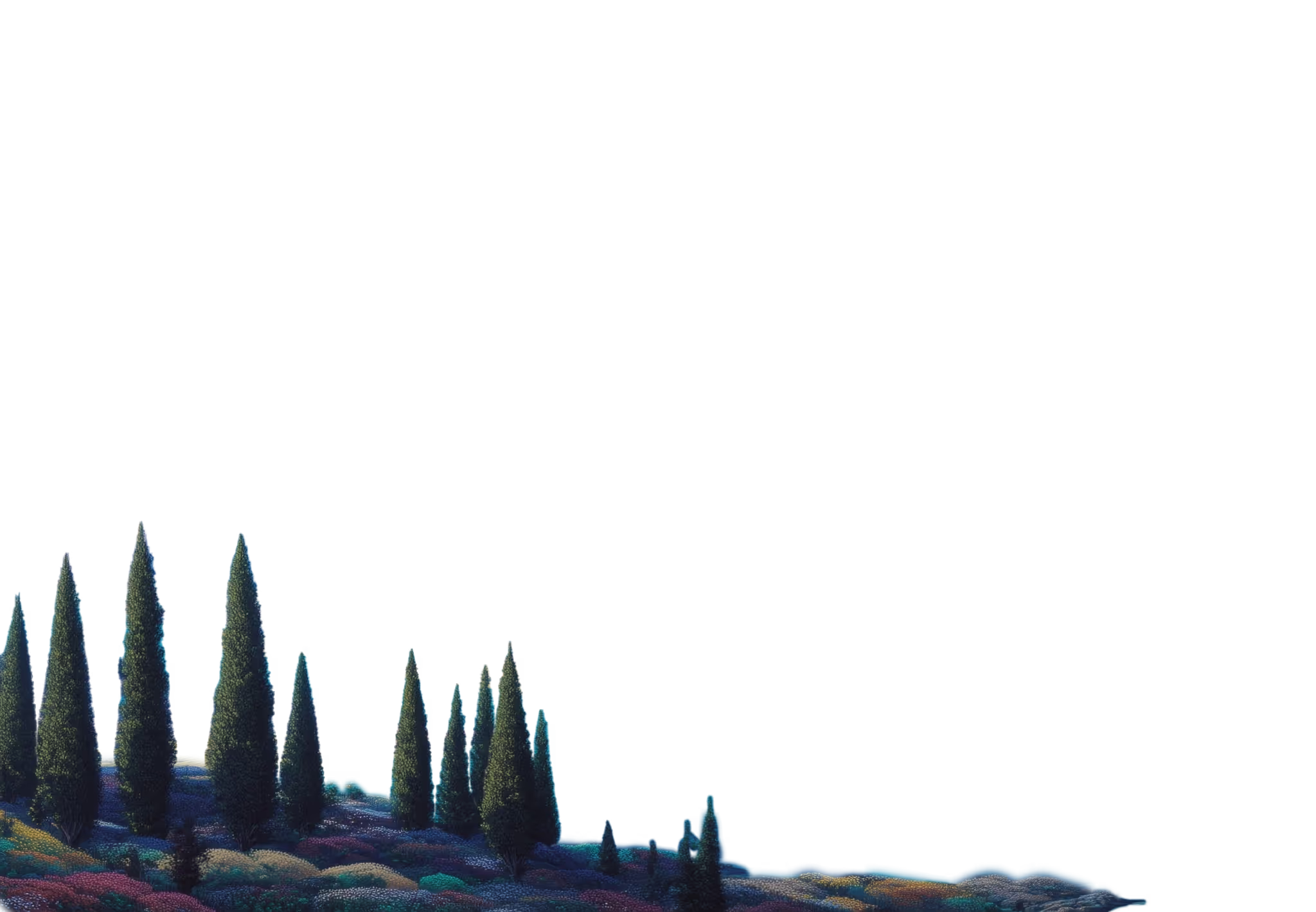“Every great entrepreneur from Steve Jobs to Mark Zuckerberg went through The Struggle and struggle they did, so you are not alone. But that does not mean that you will make it. You may not make it. That is why it is The Struggle.” @bhorowitz
I revere those who make the impossible, possible through “The Struggle” (h/t @bhorowitz). The founders who will miracles into existence. My heroes.
Founders like @MelanieCanva
Year 0: A young female founder, starting a yearbooks company with her boyfriend, in Perth, Western Australia. Not even Sydney or Melbourne. And, no technical co-founder.
Years 1 – 3: Every investor says no. Melanie is gutted.
Year after year, it is a struggle. Their business is a tiny business, in a small market. Nobody believes. But Melanie believes, so Melanie bootstraps.
Step by step, she builds the business, expands her vision, meets potential investors, tinkers with new narratives, and makes HUNDREDS of revisions to her pitch deck.
Years 4 – 6: She wins customers, improves her pitch, and gets a lucky lightning strike: an Australian engineer from Google joins as Canva’s technical cofounder! After years of rejection, she raises a $3M seed round.
Today, @canva is a juggernaut with 185M MAU, an ARR north of $2B, and a valuation ~ $30B. Mel and Cliff made the impossible, possible!
Founders like @GrantLaFontaine & @loganhead13
Four years ago, investors had written off liveshopping. Consensus market sentiment viewed it as a uniquely Asian phenomenon; far from consumer preference in the West.
Grant and Logan were building a live shopping platform for niche collectibles. At the time, 80% of transactions were “Funko Pops”. Naysayers couldn’t see how a derivative of a small category of plastic toys could ever cross over into the mainstream, let alone become a venture scale company.
From the beginning, @Whatnot was either misunderstood or outright ignored by investors.
But the founders just kept shipping.
The product came to mirror who Grant and Logan were as people – compassionate and competitive.
Their humanity attracted small, tight-knit collector communities. Collectors stuck around for the sense of belonging and friendship.
Logan’s competitiveness led him down a rabbit hole implementing an auction mechanism.
The competitive dynamic of live auctions made shopping fun to watch.The company hit escape velocity, and @Whatnot created a new category. They made the impossible, possible, coming to dominate >90% of the liveshopping market in the West.

Founders like @aganguly26
From the beginning, they wanted to educate the educator: education companies selling to schools are not venture-scale.
Conventional belief in venture was that companies like this are just small businesses. Long sales cycles. Low ACVs. Product experiences riddled with complexities resulting from divergent interests of multi-stakeholders.
They told her it was impossible. They told her @PrismsOfReality (Prisms) was unfundable.
A lifelong teacher, Anurupa believed she could teach them otherwise.
Through sleepless nights, weekly cross-country travels, and superhuman drive, she sold her product at multi-district and state levels. Unheard of for an early stage education company.
With Prisms, Anurupa built a movement that united the world of education.
The product achieved the impossible: it is beloved by everyone, from administrators to teachers and students alike.
Three years after launch, Prisms is now in half of the 50 largest school systems in the US.
Founders like @JustinePalefsky & @tasamina1
How is this going to make money? Is it even a real business? What innovation is left in travel? To VC’s, Justine and Tas were disconnected from the reality of the market: Airbnb was an unassailable juggernaut, dominating all of travel.
What about nice homes? Primary residences? The ones not on Airbnb, not on VRBO?
Investors said it would be impossible to unlock inventory the incumbents hadn’t already. Never mind, for free.
In fact, headlines painted a picture of upscale travel culture increasingly resistant to stays of this kind: homeowners loathed neighbors who dared Airbnb their residence to strangers.
But, the founders pictured a new travel lifestyle in a hybrid-first world.
One where getting access would require giving.
If they could foster trust between homeowners, it would enable a new model: house swapping.
It worked. Justine and Tas found their business model! Trips on @livekindred save travelers over 90% compared to the market. And, Kindred makes more money per-trip than Airbnb.
Founders like @sajithw
To his immigrant parents, it was unspeakable.
Saji had traded a prestigious degree for a crime-infested neighborhood, dropping out of MIT to build @benchling in the streets of SF.
Parental concerns plagued his notifications. He couldn’t assuage their worries by pointing to progress, either. The technology adoption curves in pharma were just as everyone had warned him they would be: notoriously slow.
In life sciences, documentation and collaboration were done the old-fashioned way: pen and paper. To Saji, it was the world’s most important and obvious opportunity. To investors, it was a small problem. The category had no precedent of software adoption.
Saji had a unique edge.
He had spent many an all-nighter in summers past, living out the bad dream of bad processes handicapping his own biotech research. And, he studied software engineering. He could clearly see a new world where software transformed life sciences.
Saji’s early team believed him, often working late and sometimes spending the night at the office, willing the Benchling vision into existence.
Today, they’ve done it all: from creating a new software category, to setting new records in SaaS net retention, to making immigrant parents proud.
Founders like Jensen
Jensen never wanted to be an entrepreneur. His two engineering friends, Chris and Curtis, did.
But, they didn’t have an idea for a product. Just an observation of a small problem: 3D chips, perhaps for the nascent gaming industry.
Somehow, Jensen found himself sucked into starting a startup.
Graphics chips turned out to be a competitive field, dominated by over fifty companies building 2D chips. Jensen believed that, one day, a market would emerge for a 3D version. But at the time it was a “zero billion dollar market”.
His team bet everything on their first product, building 250,000 units ahead of launch.
It flopped. Customers returned almost every single order.
Facing financial extinction, the company had one shot at survival: its partnership with Sega to build a graphics chip for the Dreamcast video game console.
Unfortunately, Jensen had invested in the wrong architecture and if he fulfilled his Sega contract the company would go bankrupt. He asked Irimajiri for a favor: to pay Nvidia in full and let them off the contract.
Not wanting to see Jensen shut his company down, Irimajiri offered to invest $5M to the fledgling chipmaker.
The gesture was a miracle and @nvidia is now one of the most valuable companies in the world.
To the beginning...
I am now embarking on my own journey through “The Struggle”. Fortunately, finding strength and finding peace thanks to lessons learned from my time at Floodgate and a16z – two great platforms that gave me a world class education investing in and supporting founders going through “The Struggle”.
I am the investor I am thanks to these investors:
I learned how to spot and partner with exceptional talent from @annimaniac.I learned how to build movements from @m2jr and @acvox.
I learned how to assess risk-reward and how to mitigate risk from @conniechan.
I learned the art of personal branding from @andrewchen.
I learned how to appropriately and courageously break rules from @sriramk.
I learned how to study the physics of a business from @jeff_jordan, @kirbyman01, @lauten and @jamiedsully.
I learned how to be a great leader from @martin_casado, @illscience and @DavidGeorge83.
I learned how to think about the future by continuously studying history from @pmarca.
I learned how to to storytell and evangelize new ideas from @daisydwolf, @KTmBoyle, and @ljin18.
I learned how to be the best team player from @JenniferHli, @julesyoo, @sarahdingwang, @DCoolican and @Tocelot.
I learned how to foster cross-team and cross-functional dialogue from @seema_amble, @aleximm, and @AriannaSimpson.
I learned SaaS investing from @kimberlywtan, @kshenster, and @zeyalater.
I learned what Olympics-level work ethic looks like from @zachcohen25 and @omooretweets & @venturetwins.
I learned how to courageously champion independent ideas from @JackSoslow and @janehk.
I learned what it’s like to be a CEO from @bhorowitz. I’m still learning.
With a list like this, it may appear like I couldn’t possibly have left anyone out, but trust me, I am sure I have! Thank you to the all-star a16z and Floodgate teams. And lastly, thank you to all the founders who taught me how to partner with those who make miracles from “The Struggle”.
“The Struggle is where greatness comes from.” @bhorowitz


